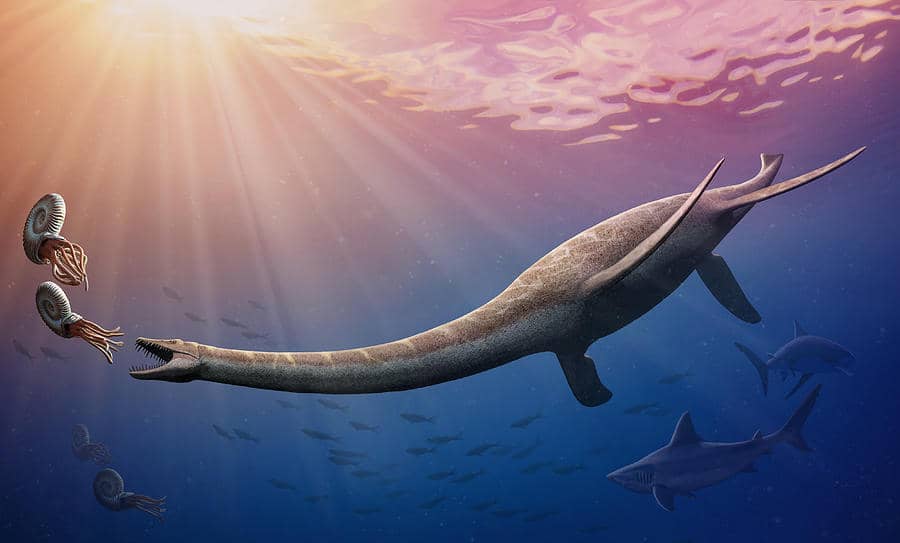
Plesiosaurus teeth
Plesiosaurus, an intriguing marine reptile, is renowned for its distinct teeth found in various locations across the globe. These teeth bear remarkable characteristics that distinguish them from teeth of other ancient marine creatures.
Unique teeth Shape
Plesiosaurus teeth exhibit a unique shape that sets them apart from teeth of other marine reptiles. They are typically pointed and conical, designed to efficiently grasp and hold onto slippery prey in the water. This tooth shape suggests that Plesiosaurus likely had a specialized feeding strategy to target specific types of aquatic organisms.
Size and Structure
Compared to other marine reptiles, Plesiosaurus teeth are known for their small to medium size and slender structure. This indicates that Plesiosaurus might have consumed relatively smaller prey items compared to some of its contemporaries.
Interlocking Teeth
One striking feature of Plesiosaurus teeth is their arrangement in interlocking patterns. This unique dental structure helped in firmly gripping and preventing prey from escaping, making it an efficient predator in its ancient marine ecosystem.
Adaptation to Feeding Habits
The shape and structure of Plesiosaurus teeth suggest that this marine reptile was well-adapted to its feeding habits. The conical teeth were likely used for grasping and catching smaller, agile prey, such as fish and cephalopods.
Paleontological Significance
The discovery of Plesiosaurus teeth in various fossil-rich locations has provided valuable insights to paleontologists and researchers. By studying these well-preserved fossils, scientists have gained a deeper understanding of Plesiosaurus's ecology, behavior, and its role in the ancient marine food chain.

